ECB Governing Council member Olli Rehn said on Saturday, “If we reacted strongly to inflation in the short term, we would probably cause economic growth to stop. It’s better to look beyond short-term inflation and look at what inflation is in 2023, 2024.” He expected inflation to be close to the 2% target in the coming years.
“We will have time to react in the March meeting and in later meetings if it looks like the situation is markedly different than it now appears,” Rehn added.
Another Governing Council member Ignazio Visco said, “the monetary policy stance remains expansionary, though the gradual normalization will continue at a pace consistent with the economic recovery and changes in the outlook for prices.”
“I do not believe that the overall picture underlying this stance has changed significantly,” Visco said. Still, “in the short term, there has been an increase in the risk of consumer prices growing faster than expected and production activity growing more slowly.”




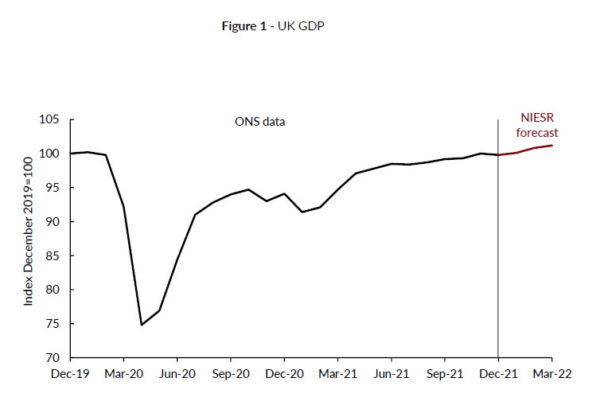
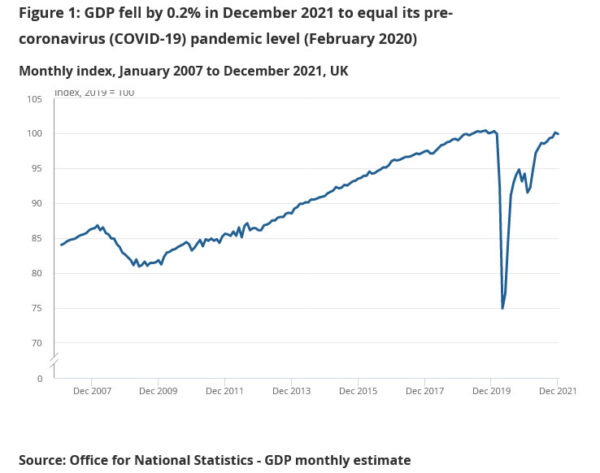
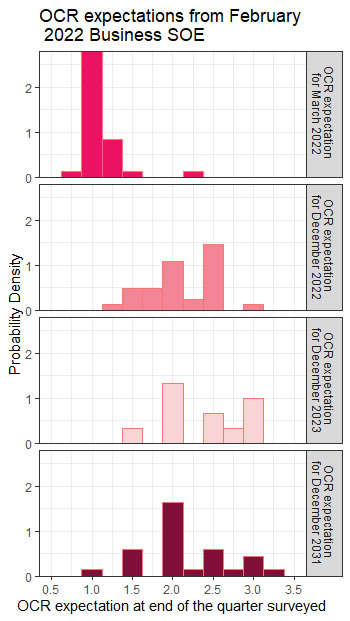
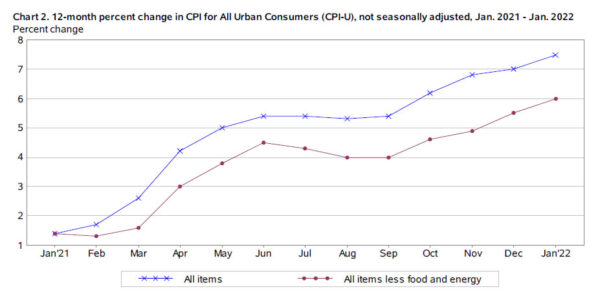
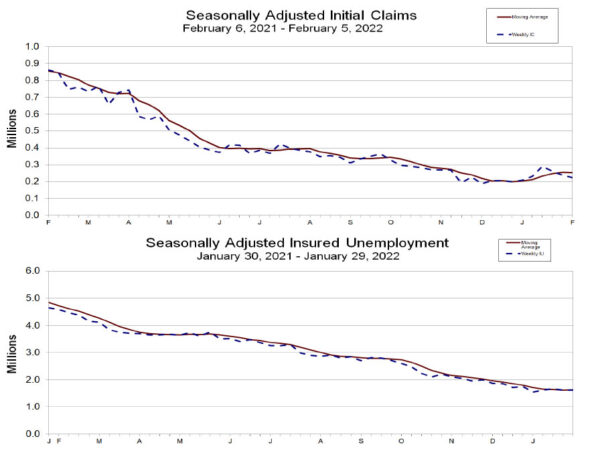
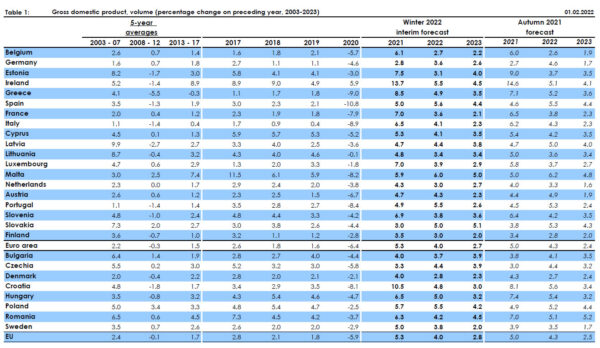
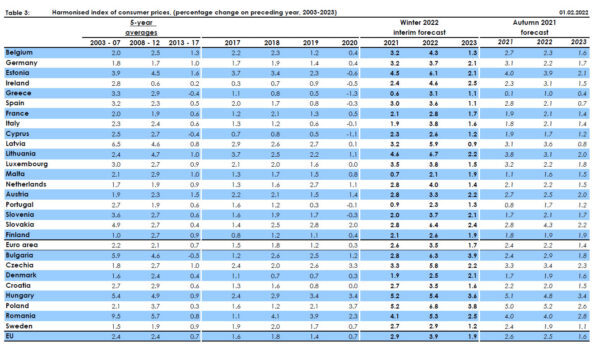
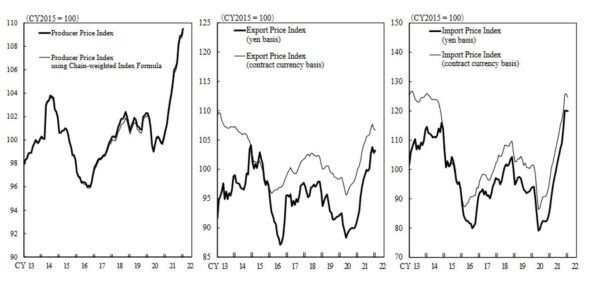
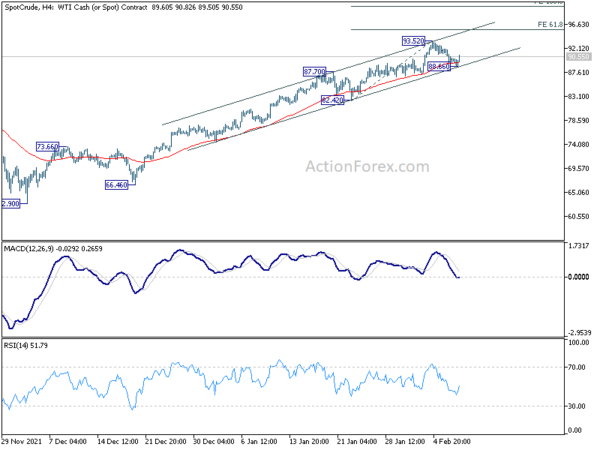

New Zealand BNZ services dropped to 45.9, lowest since Oct
New Zealand BusinssNZ Performance of Services index dropped -3.9 to 45.9 in January. That was the lowest result since October 2021. Looking at some details, activity/sales dropped sharply from 50.7 to 44.1. Employment ticked down from 49.1 to 48.1. New orders/businesses dropped deeply from 52.0 to 41.8. Stocks/inventories dropped from 51.0 to 47.6. Supplier deliveries also tumbled from 49.8 to 43.6.
BNZ Senior Economist Craig Ebert said that “the PSI can jag around quite a lot from month to month – upwards and downwards. However, it’s also worth pointing out that the long-term average of the PSI is 53.6, which is starting to feel some distance away. So much for the new traffic light system releasing the brakes on activity.”
Full release here.